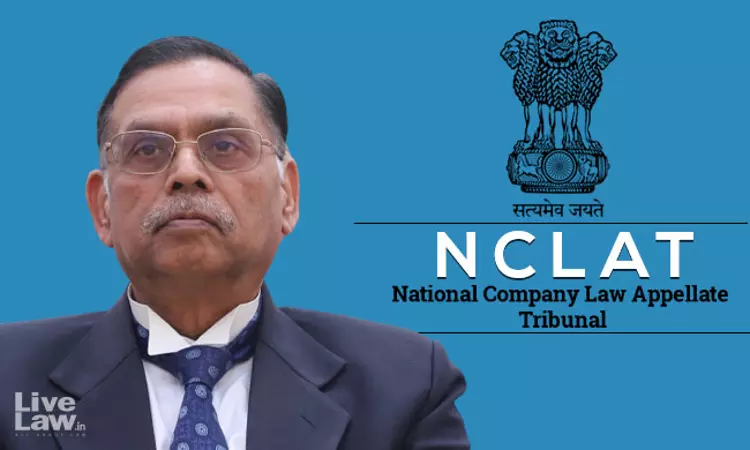The NLCAT New Delhi bench of Justice Ashok Bhushan (Chairperson) and Barun Mitra (Technical Member) affirmed that once it is established that the corporate debtor has defaulted in the payment of operational debt which amount had clearly become due and payable above the threshold limit, and further if there is no credible or plausible evidence to show the existence of pre-existing...

